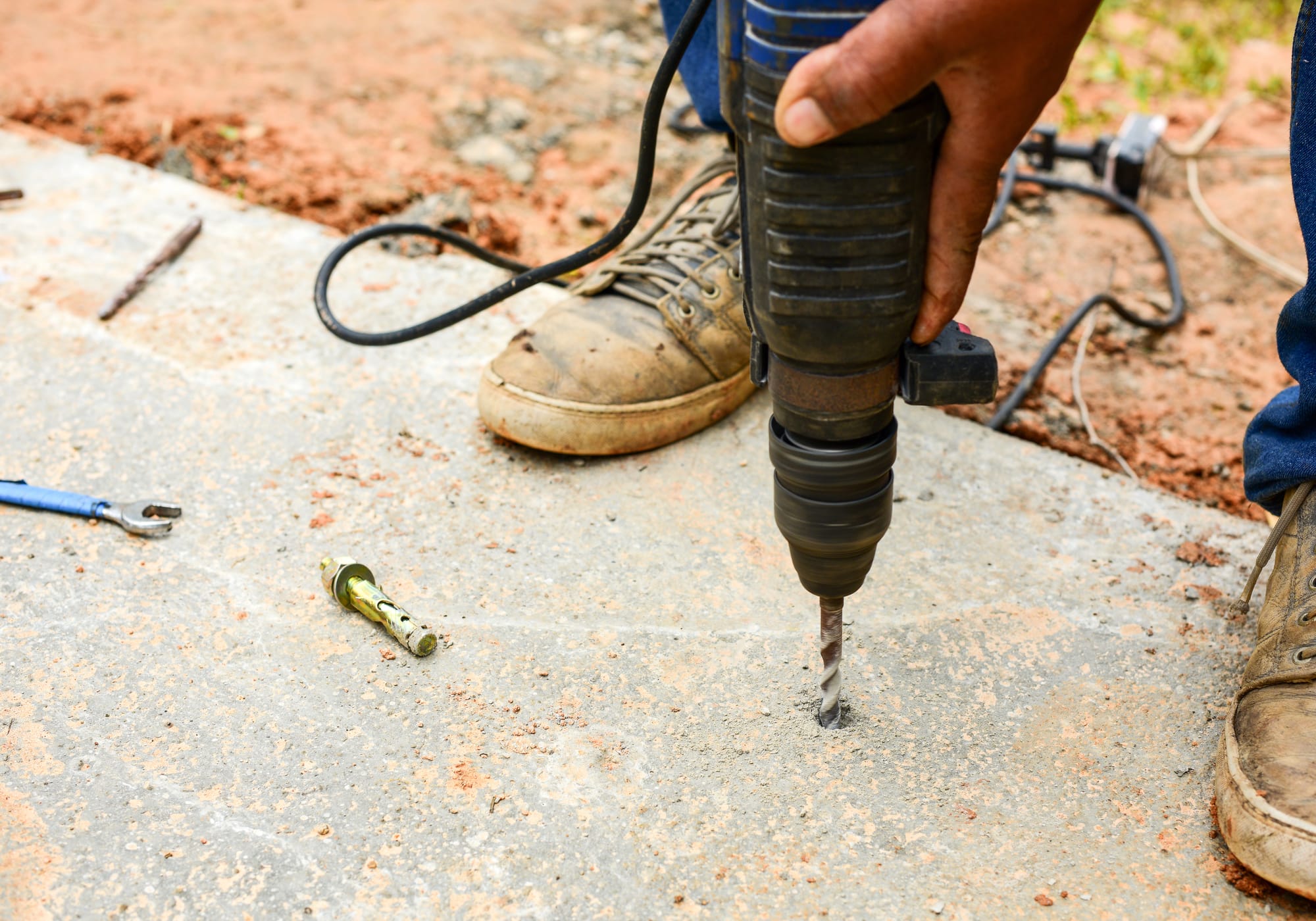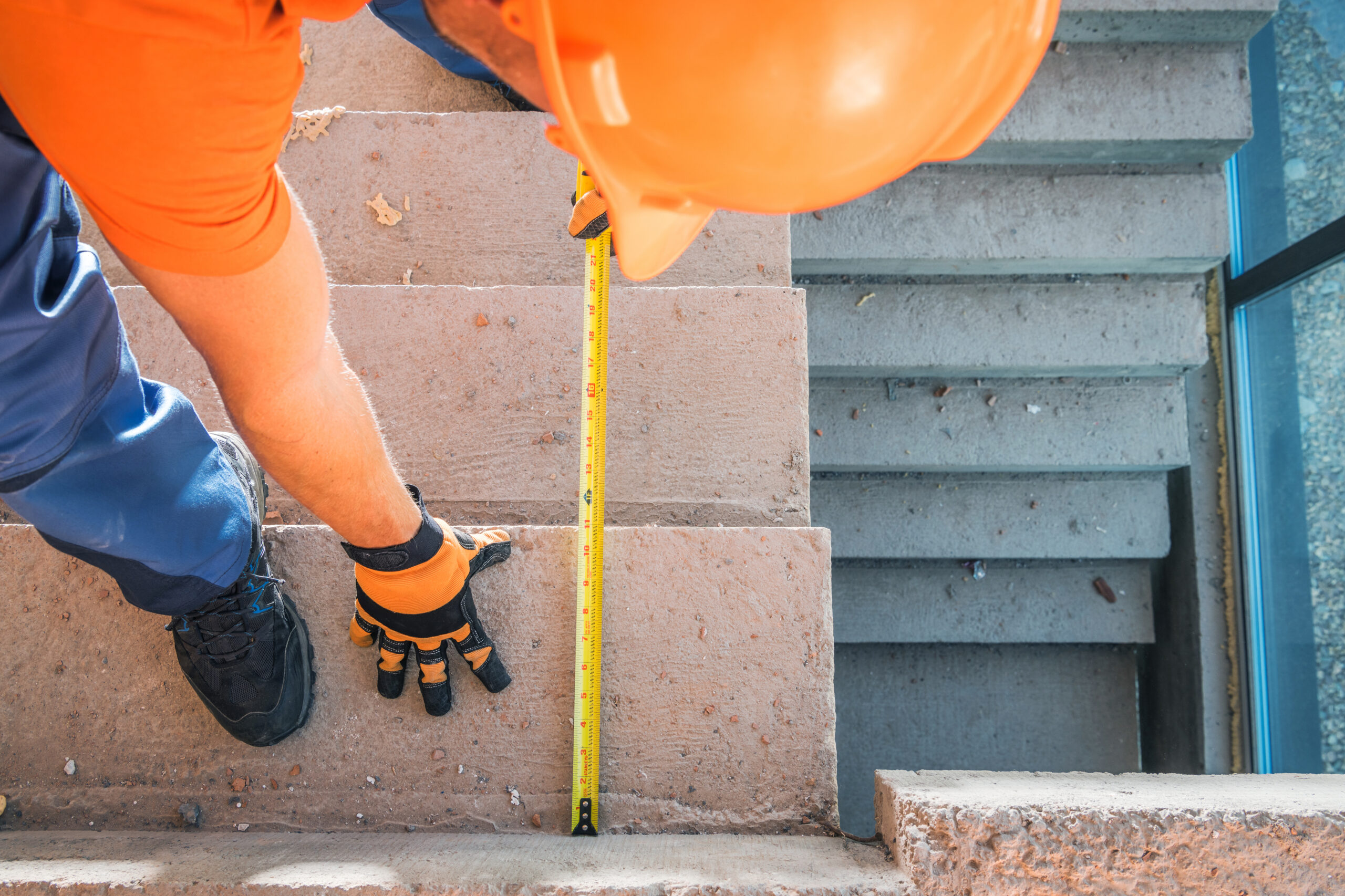Concrete is among the widely used flooring substances worldwide. Some of the reasons it is so popular are its versatility and strength. However, regardless of its strength, concrete is prone to shifting and cracking especially when there is a movement underground, or when exposed to immense pressure. If this happens, you should not worry because we can repair it for you using form injection, which is the most recommended method for concrete repair.
How is Foam Injection Used to Repair Concrete Floors?
Professional technicians pump foam underneath concrete using small, penny-sized holes. The foam takes as little as fifteen minutes to expand and solidify, lifting back the concrete to its original height. The foam also provides a more solid base, especially if the soil underneath the concrete is eroded.
Benefits of Using Foam Injections
Foam injections are not messy- As aforementioned, foam is injected underneath after drilling penny-sized holes in the area that requires leveling. Unlike other repair methods, the spots become less obvious after the repairs are done. The old concrete will also not be broken apart, therefore, no mess will be caused.
Foam injection is not time-consuming- unlike other types of concrete repair methods, the foam injection method will only take a few hours to complete. The areas that have been repaired will also be ready to use almost immediately after the repair. This method can be cheap, especially if the professionals are charging per hour.
Foam injections are eco-friendly- With foam injections, you don’t have to worry about the environment because the injections are made of recycled materials and do not release dangerous chemicals into the soil.
When it comes to foam injections for concrete repair, working with professional technicians like FoamWorks is advisable. Our team of professionals is highly trained and experienced, meaning that you will get high-quality services the first time. We also respond to your call fast and work according to your schedule. We also charge reasonable fees without compromising on the quality of the services. Contact us today, and we shall restore your concrete to its original state or even leave it better.




Recent Comments